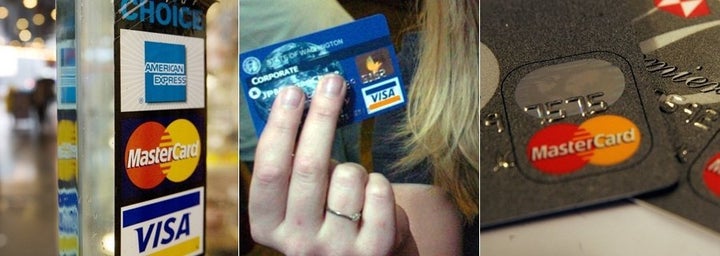
Ninety percent commercial real estate loans are still available. That is good news since the commercial mortgage-backed securities market is dead, insurance companies are financing properties at 65 percent to 70 percent of value and banks are not going much higher. What is more, they want well-leased, prime real estate deals, and borrowers with solid balance sheets and unblemished credit. That is a lot to ask for when property owners are struggling with high vacancies, plummeting values and increasing operating costs.
But if you know where to look and you occupy most of the building yourself, higher leverage at outstanding interest rates is available. More specifically, the lesser-known 504 program from the U.S. Small Business Administration can be ideal for small-business owners to buy, build or rehabilitate commercial buildings. The catch is that your business is required to create, or save jobs as a result of the financing transaction.
The program is ideal for financing 90 percent of the cost of small office buildings, warehouses, business condos and retail stores. Even restaurants, bowling alleys, skating rinks, franchises and more exotic uses can qualify if they meet SBA’s job-creation goal. But for specialized, single-purpose buildings, the total financing is limited to 85-percent of the cost. That means you would have to pony-up an additional five percent of the cost. In today’s credit environment, many of these properties are below the "class A" quality that institutional lenders require.
For new businesses, SBA requires the borrowers to put an additional five percent of their own money into the deal. So, for a new business building a single-purpose structure, the financing amount would be limited to 80 percent of your cost.
504 financing consists of a conventional, 50 percent first mortgage from a private lender such as a bank. Additionally, SBA guarantees a 40 percent, subordinated debenture -- much like a second mortgage. The borrower comes to the table with the remaining 10 percent of the cost.
The debenture interest rate is currently fixed for 20 years at 4.86 percent -- a historic low. The conventional first mortgage loan is for 10 years at market rates. Your all-in rate is a blend of the two.
Certified Development Companies are licensed by SBA to facilitate the issuance of the debenture and coordinate the transaction with the conventional lender and the borrower. Because of all the paperwork involved, most CDCs have a minimum requirement of $200,000.
The maximum SBA guaranteed debenture is $1.5 million and currently the borrower is required to create or preserve one job for every $65,000 of guaranty. The debenture increases to $2 million for projects meeting certain public policy goals. For small manufacturing plants, the debenture can go up to $4 million and one job per $100,000 of debenture is required.
In theory, there is no maximum size limit to the amount of total financing that can be obtained. Most conventional lenders like to hold the maximum financing to $10 million, depending upon the debenture size and quality of the real estate and borrower. One CDC told me that the largest 504 deal he saw was $44 million.
Furnishings, fixtures, equipment, lending fees and many incidental costs can be included in the financing. As part of President Barack Obama’s stimulus package, lending fees are currently being paid by SBA. According to SBA’s web site, www.sba.gov, the fee savings to the borrower on a typical 504 loan of $1,500,000, is $12,750. On a $3,750,000 loan, borrowers saves $31,875.
After December 31, 2009, SBA will cease paying the lending fees for the borrower unless Congress acts quickly to change the expiration date. Additionally, the job creation requirement will go back to one job for every $50,000 of debenture as it was prior to the stimulus initiative. Since it can take 60 days to process and close 504 deals, time is of the essence to get yours done.
Also worthy of note, SBA’s 504 program does not include working capital. Consequently, start-up businesses, in particular, will need to put enough cash into the business to get them past the break-even point. SBA allows you to use conventional financing or its 7(a) program for working capital.
You can learn more details about the 504 program, find out if your business meets SBA’s definition of "small" and get a link to a CDC near you online at tinyurl.com/yukpux.
High leverage, more reasonable underwriting of borrowers and properties, low interest rates and government-paid lending fees make this the best time to jump on the SBA 504 program.
Jerry Chautin is a volunteer SCORE business counselor, business columnist and SBA’s 2006 national "Journalist of the Year" award winner, tenonline.org/sref/jc1bio.html. He is a former entrepreneur, commercial mortgage banker and business lender.
